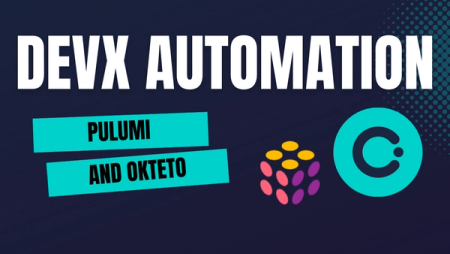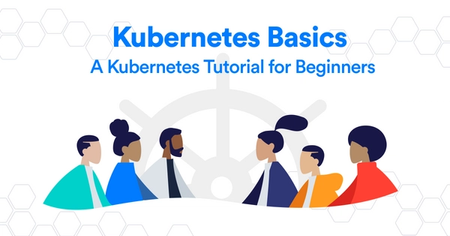Chaos Testing with Kubernetes and Okteto - Chaos Week Replay
If you missed Ramiro’s presentation during Chaos Week 2021, you can still catch the replay!
What is chaos engineering?
Chaos engineering is the discipline of experimenting on a system in production to build confidence in the system.
Building software 10-15 years ago didn’t require the level of testing we need now because things were simpler back then. You wrote code, built, tested, and rewrote as needed. It was easy to test locally and understand what was going on.
However, a big change occurred in the way we build software. With the introduction of VMs, Containers, and microservices, we had great opportunities for scaling with teams, but we also encountered some new challenges. We went from simple building and testing to a more complex process.
Why you need chaos testing
It’s well known in the dev community that the later in the cycle you find an issue, the more expensive it is to fix. This is why chaos testing came about. Here at Okteto, we recommend starting chaos testing as soon as possible, meaning when you’re writing the code.
Whether you have yet to get started with chaos testing, or whether you’re already an expert looking for some new ideas, our Chaos Week discussion on how to chaos test your code with Kubernetes and Okteto should give you some new tools to try.
Did you watch the replay? Tweet us with your questions!


 Arsh Sharma
Arsh Sharma